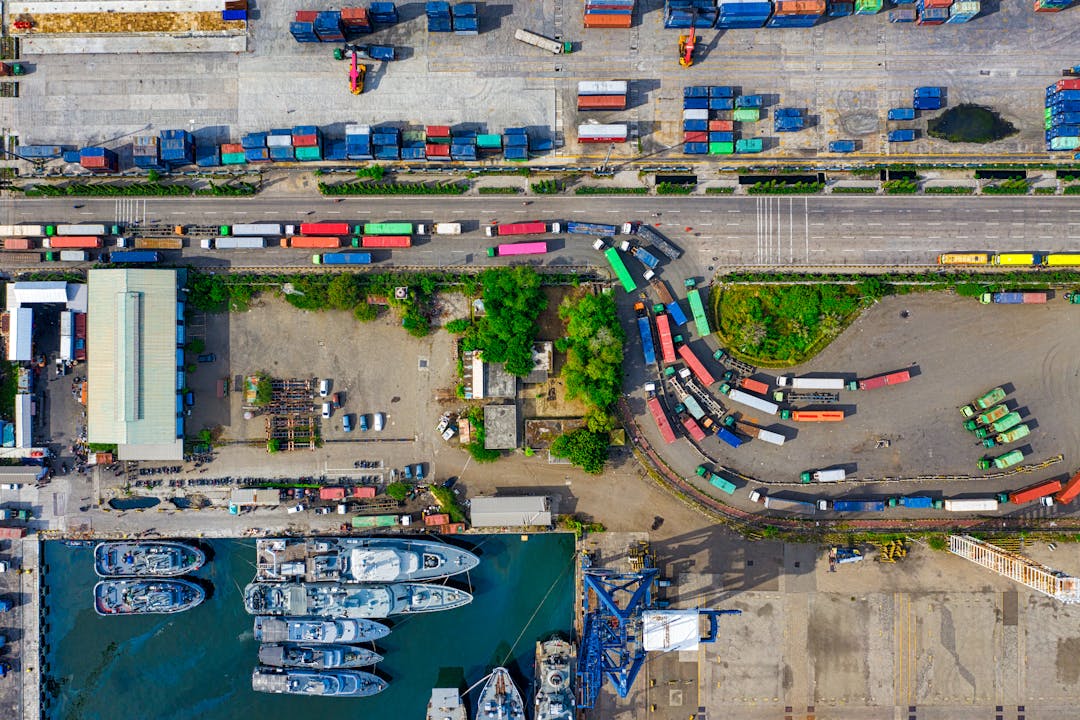Omnichannel Technology Platform
Unify your online and offline sales channels, streamline distribution and deliver seamless customer experiences—all from a single, powerful platform.
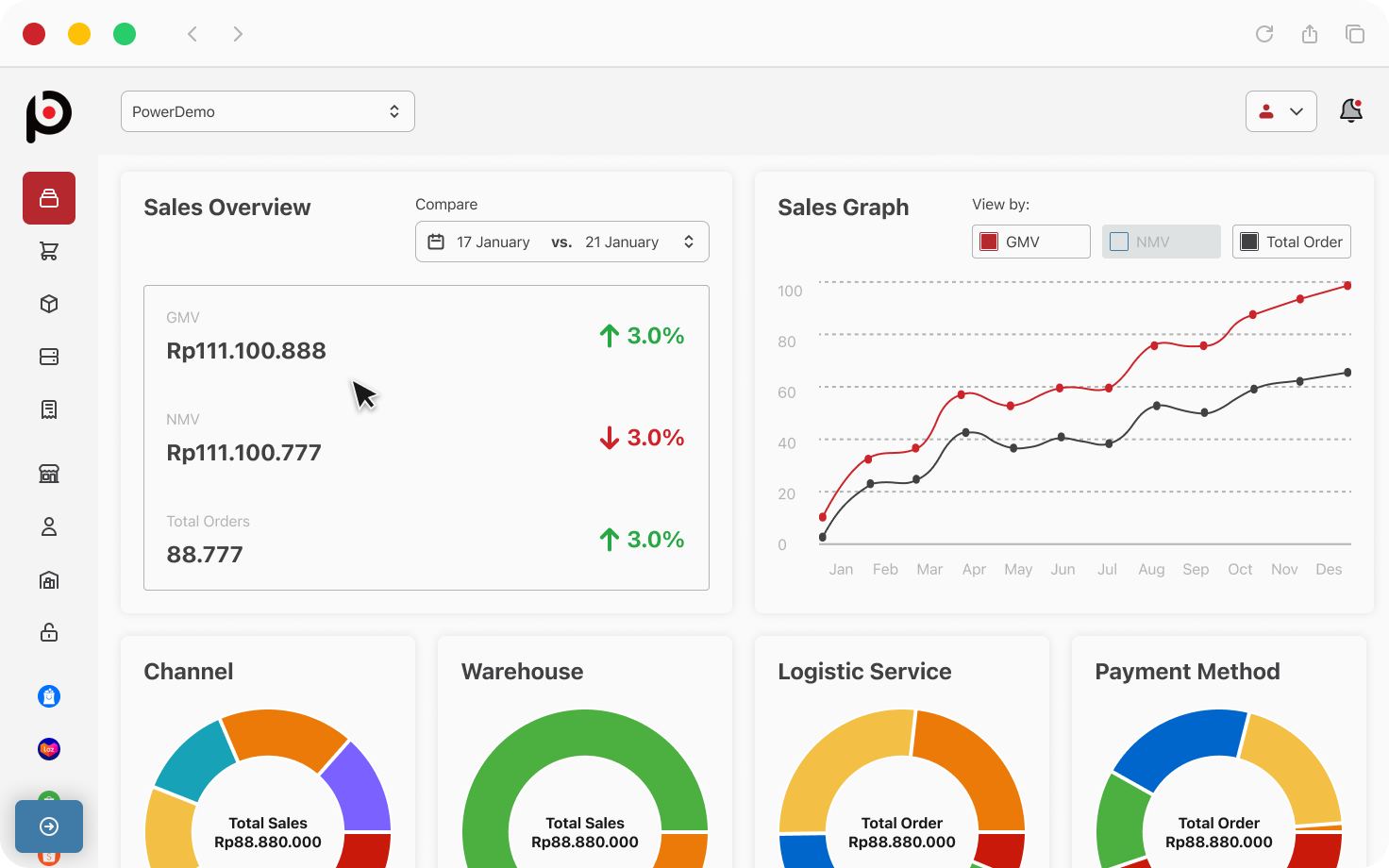
Trusted by
Leading Brands
Leading Brands








Streamline your operations and customer touchpoints
with Powerbiz
Product Management
Powerbiz's omnichannel product management system offers seamless integration, real-time dashboard, advanced analytics, and centralized control to streamline product development across all channels
Learn More
Order Management
Powerbiz's omnichannel order management system ensures seamless order handling from start to end, efficient processing, seamless fulfillment, and accurate tracking to deliver what your customers and distributors need, faster
Learn More
Inventory Management
Eliminate assumption in stock management with real-time inventory tracking across multiple locations, automated restocking, and balanced warehouse operations.
Learn More
Pricing & Promotion
Craft compelling offers with customized pricing and promotions that boost sales and maintain your competitive edge in any market condition.
Learn More
Multi-Channel Commerce
Reach customers wherever they shop with Powerbiz, seamlessly connecting all your sales channels from offline stores to online platforms for an integrated
Learn More
Real-Time Analytics
Make data-driven decisions with Powerbiz, providing real-time analytics on sales, inventory, and distributor performance to strategically guide your business
Learn More
Why Powerbiz?
Channel Integration
Seamlessly engage with your customers across all platform






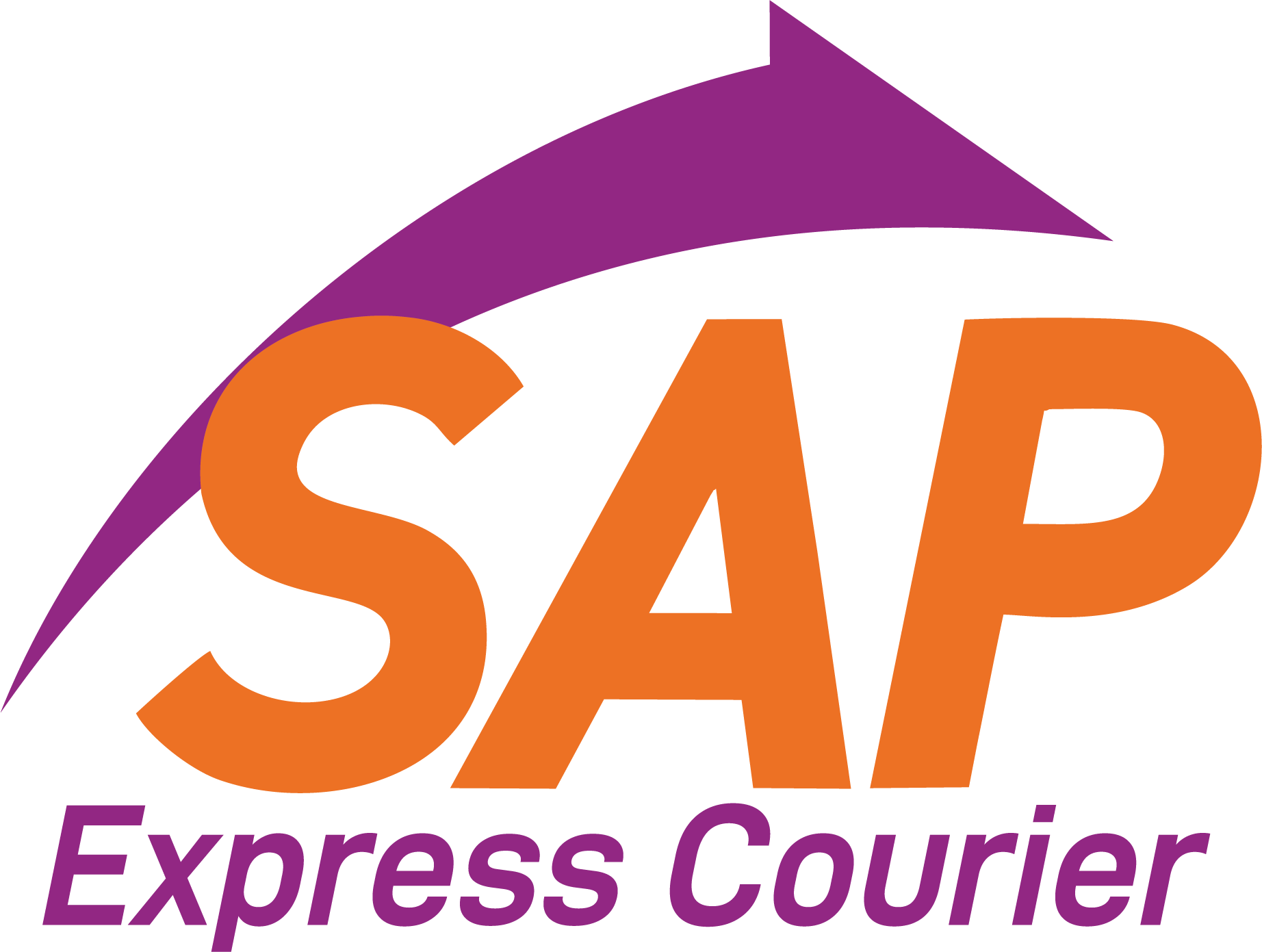
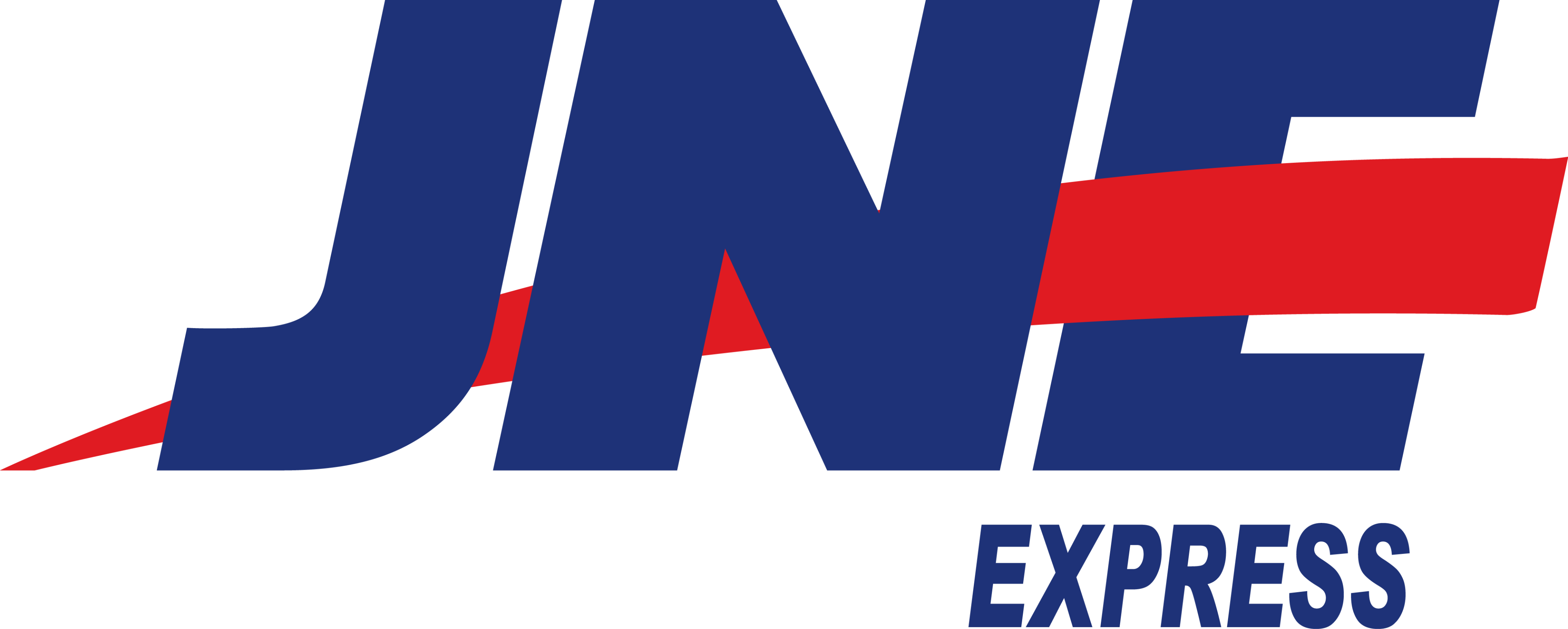







Introducing our new integrations
for effortless sales processing
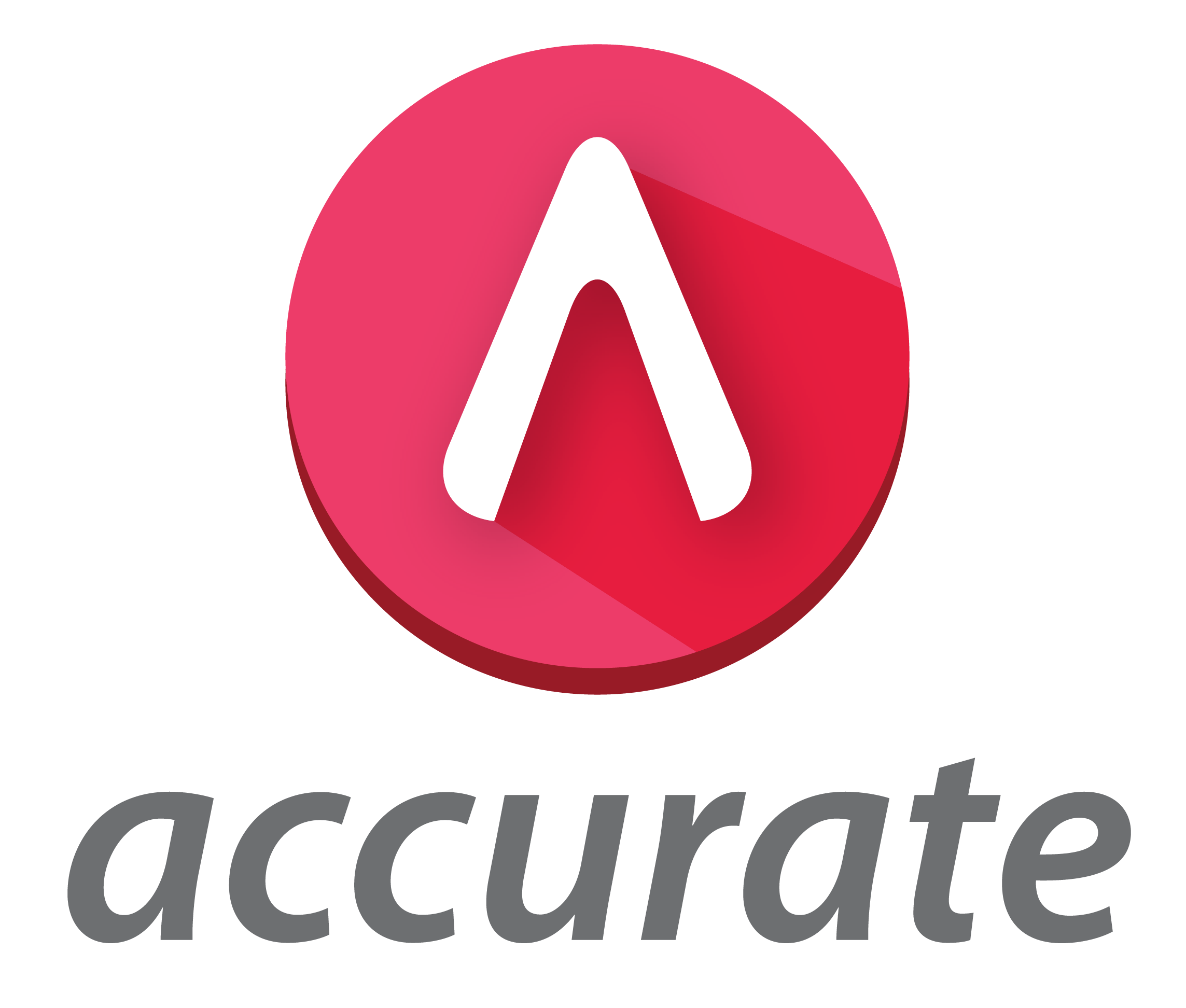
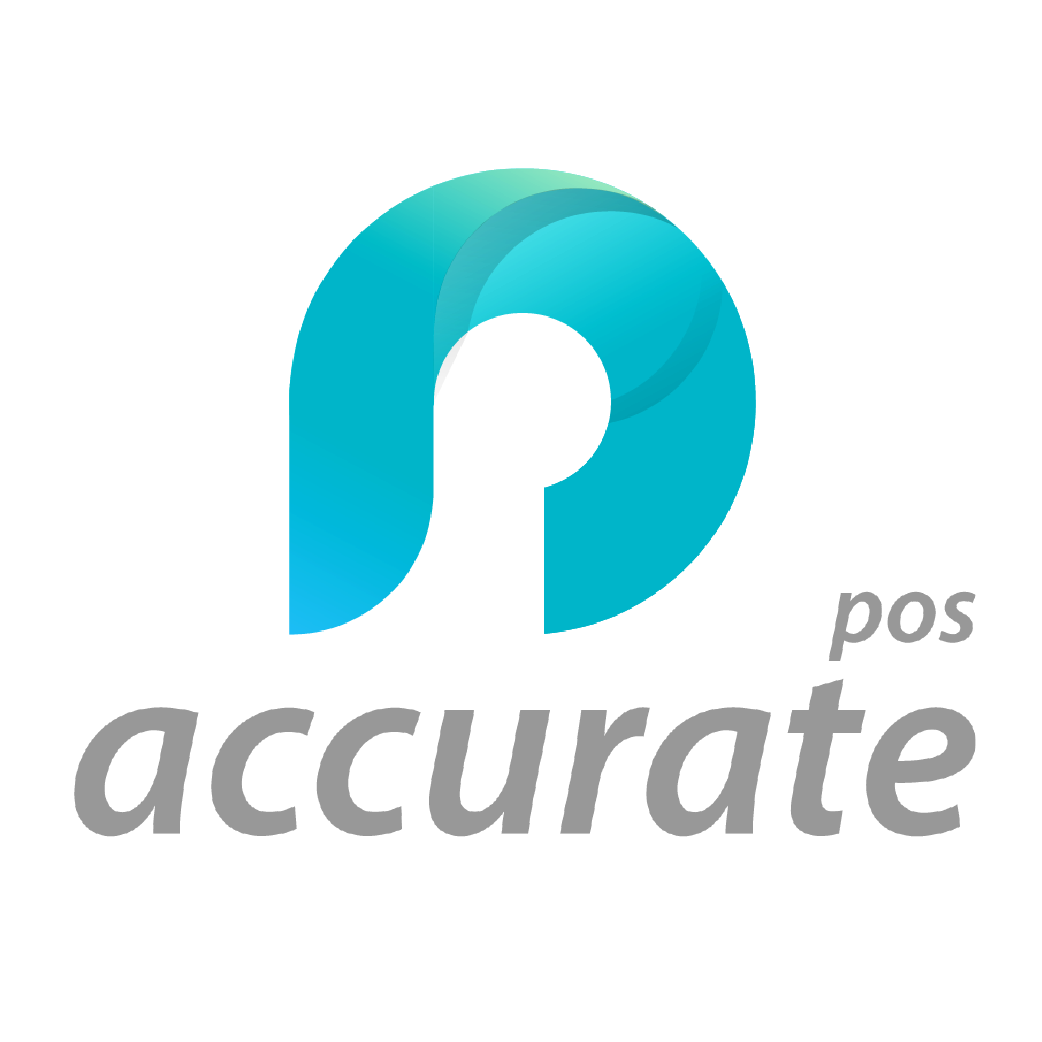
Simplify omnichannel selling with our seamless solutions—
orders, shipments, and stock syncing made easy and real time!
Start Now


